Early support for near-poor people to participate in health insurance
(Baonghean) - In order to soon complete the Government's target of health insurance coverage, towards universal health insurance, allocating local budgets to support near-poor people to participate in health insurance is very necessary. In addition, relevant sectors as well as authorities at all levels need to actively participate in overcoming difficulties and shortcomings in implementing health insurance policies.
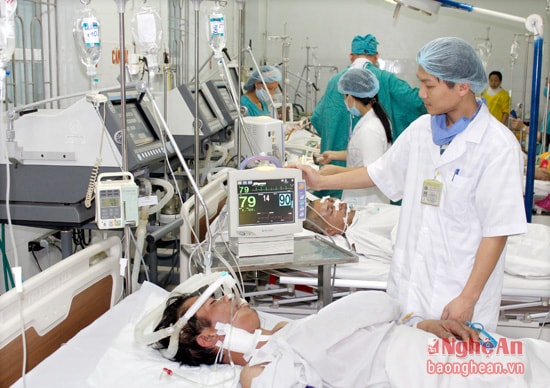 |
| Doctors from the Emergency Department of the Provincial General Hospital are taking care of the patient. |
“Lifebuoy” for the near-poor
Health insurance (HI) is a social security policy with profound humanitarian significance and a sense of sharing in the community, which has been highly valued by our Party and State. In particular, since the amended and supplemented Law on Health Insurance came into effect on January 1, 2015, the rights of health insurance participants in general and near-poor households in particular have been increasingly expanded. Currently, there are 2 groups of near-poor households that are supported by the state budget to pay 100% of their health insurance premiums: near-poor households in remote areas and near-poor households that have just escaped poverty within 5 years. The remaining near-poor households are supported by the state budget to pay 70% of their health insurance premiums.
To continue supporting the near-poor in accessing health insurance policies, in Nghe An, the North Central Provinces Health Support Project was implemented from 2011 to the end of 2015, with the goal of improving the quality of medical examination, treatment and preventive health services, especially at the district level, while increasing the ability to access and use health services for people with economic difficulties. In 2011, the Project supported 40% of the contribution for family health insurance participation, 30% for individual participation; in 2012, it supported 10-20% of the contribution; from 2015 to the end of 2015, it supported 5-10%. Thanks to this active support, participating in health insurance for the near-poor is no longer as difficult as before.
Mr. Le Duc Phi in Nam Trung commune (Nam Dan) is 64 years old this year and has been on dialysis for nearly 10 years. Without the support of the State and the health insurance covering the treatment costs, it would be very difficult for him to treat his long-term illness. Patient Vo Thi Ha (42 years old) in Nghi An commune (Vinh city) who is being treated at Nghe An Oncology Hospital shared: "My family is an agricultural worker, it is very difficult, fortunately the State supports the purchase of health insurance and the health insurance covers the hospital fees, otherwise I do not know how to manage".
It can be said that not only Mr. Phi and Ms. Ha, but also many patients, especially poor patients, when having to go to the hospital for long periods of time, can see the full value of the health insurance card, because this is a "lifesaver" for patients because the Health Insurance Fund covers most of the services and many types of drugs in the list... Especially since March 2016, when the prices of about 1,800 medical services were adjusted, the role of the health insurance card has become more important and necessary for people than ever.
Mr. Le Truong Giang - Director of the Provincial Social Insurance said: "The near-poor group receives many benefits when participating in health insurance, especially according to the new regulations, the near-poor only pay 5% of the cost, not 20% as before. In addition to the benefits of outpatient and inpatient medical examination and treatment, ultrasound, testing and high-tech services, starting from January 1, 2016, health insurance has expanded the benefits of referral and connection for the near-poor when registering for initial health insurance at the health station or district hospital without needing a transfer paper from the health station to the district hospital. All people with near-poor health insurance cards are connected to the district level, this opens up many benefits for near-poor people with health insurance cards in health insurance."
Overcoming difficulties and shortcomings
However, from December 31, 2015, the North Central Provinces Health Support Project stopped supporting the near-poor to buy health insurance cards. This means that from the beginning of 2016 until now, near-poor households that do not receive 100% state budget support for health insurance participation costs will have to pay 30% of the cost to buy health insurance cards.
According to the report of Nghe An Social Insurance, by the end of June 2015, the whole province still had 95,424 people in near-poor households who had not participated in health insurance. In the context of increasing hospital fees, if they did not participate in health insurance, it would certainly greatly affect the quality of life of the people in general and those in near-poor households in particular.
On June 28, 2016, the Prime Minister issued Decision 1167/QD-TTg on adjusting the assignment of health insurance implementation targets for the period 2016 - 2020, accordingly, Nghe An was assigned a health insurance coverage target of 81% by the end of 2016 and 90% by the end of 2020. Also according to this decision, the People's Committees of provinces and cities are responsible for submitting to the People's Councils to arrange local budgets and mobilize all resources to provide additional support for people to participate in health insurance, focusing on supporting people in near-poor households, ensuring that the target of 100% of people in near-poor households participating in health insurance is soon achieved.
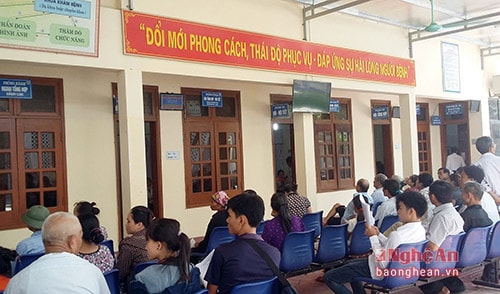 |
| Patients waiting for medical examination at Tan Ky District General Hospital. |
Therefore, in order to soon complete the Government's target of health insurance coverage, it is very necessary for the Provincial People's Council to pass a resolution on supporting near-poor households to participate in health insurance. According to the draft resolution, in addition to the current support level of 70% from the central budget, people in near-poor households will continue to receive support from the provincial budget, ensuring that by 2020 they will be guaranteed 100% support for health insurance premiums. Specifically, in 2016 the support level is 10%; in 2017 the support is 15%; in 2018 the support is 20%; in 2009 the support is 25% and in 2020 the support is 30%.
However, in addition, in order for the health insurance policy to be truly effective for the people in general and the near-poor in particular, relevant sectors and local Party committees and authorities also need to actively participate to overcome difficulties and shortcomings. Currently, the awareness of a part of the people in general, and the near-poor in particular, about health care and community responsibility is still limited, the subjects participating in health insurance are mainly people who are sick and have serious illnesses. A part of the near-poor is not interested in participating in health insurance because they still have a mentality of dependence, waiting, hoping for more incentives and support, even wanting to be considered poor to be granted free health insurance cards.
That is why people rush to join health insurance when they are sick or seriously ill... On the other hand, it must be mentioned that local authorities in some places have not actively participated in making a list of near-poor households as well as propagating health insurance policies to the people; health insurance collection agents are also not interested in mobilizing and exploiting this group, because the commission fee is low (only 4% of the total revenue of 20-25% of the cost of each card)... The above reasons make it so that many near-poor people have not been able to access and clearly understand the incentives of health insurance policies for them.
Therefore, to increase the rate of near-poor people participating in health insurance, in addition to strengthening propaganda and mobilizing the near-poor to participate; the coordination between the health sector, the social insurance agency and related departments to improve the quality of services for health insurance participants, especially the quality of medical examination and treatment, requires the synchronous and drastic participation of Party committees and authorities at all levels. Especially, raising awareness, responsibility and rights of the majority of poor and near-poor households in participating in purchasing health insurance cards...
| In Nghe An, in addition to the near-poor households receiving 100% state support for health insurance participation costs, in 2015, over 63,097 health insurance cards were issued to near-poor households from the state budget and the North Central Provinces Health Support Project, with a budget of nearly 3.7 billion VND. Accumulated from 2011 to date, there have been 689,080 health insurance cards for near-poor households supported by the state budget and the North Central Provinces Health Support Project with a budget of over 45 billion VND. |
Article and photos:Minh Quan

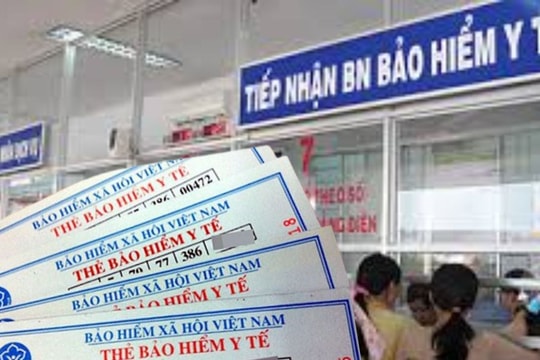
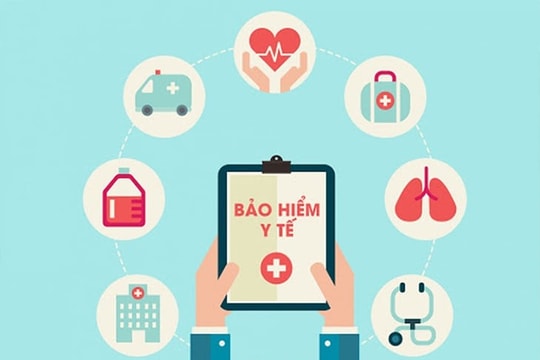
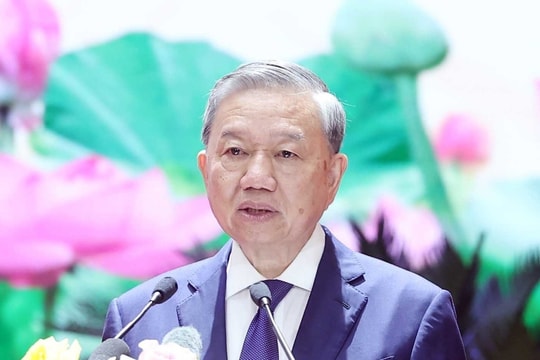
![[Infographic] Những thay đổi trong thủ tục khám, chữa bệnh bảo hiểm y tế từ 1/1/2025 [Infographic] Những thay đổi trong thủ tục khám, chữa bệnh bảo hiểm y tế từ 1/1/2025](https://bna.1cdn.vn/thumbs/540x360/2025/01/11/uploaded-thanhthuybna-2023_07_29-_bna-cac-co-so-y-te-deu-da-ket-noi-lien-thong-du-lieu-kham-chua-benh-va-thanh-toan-bao-hiem-y-te-anh-thanh-chung-938.jpg)
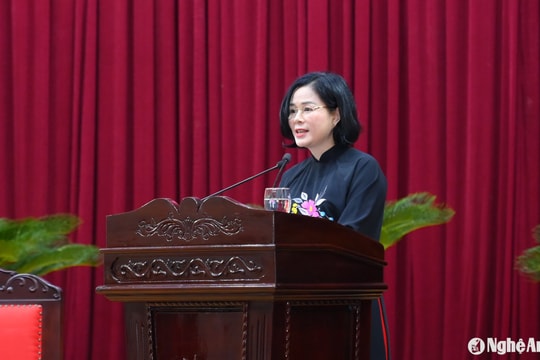
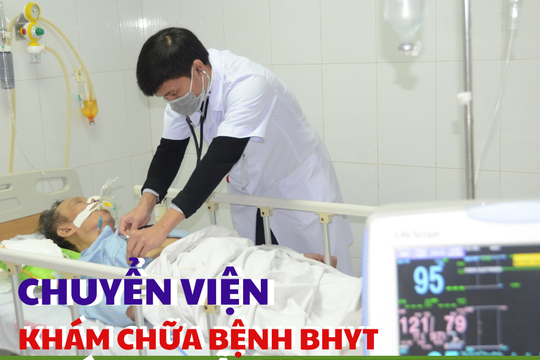
![[Infographics] Dấu ấn 10 năm thực hiện Luật Sửa đổi, bổ sung một số điều của Luật BHYT số 46/2014/QH13 trên địa bàn tỉnh Nghệ An [Infographics] Dấu ấn 10 năm thực hiện Luật Sửa đổi, bổ sung một số điều của Luật BHYT số 46/2014/QH13 trên địa bàn tỉnh Nghệ An](https://bna.1cdn.vn/thumbs/540x360/2024/12/02/lanh-dao-bhxh-tinh-va-doan-thanh-nien-ra-quan-tuyen-truyen-bhxh-bhyt.-anh-thanh-hien.jpg)
